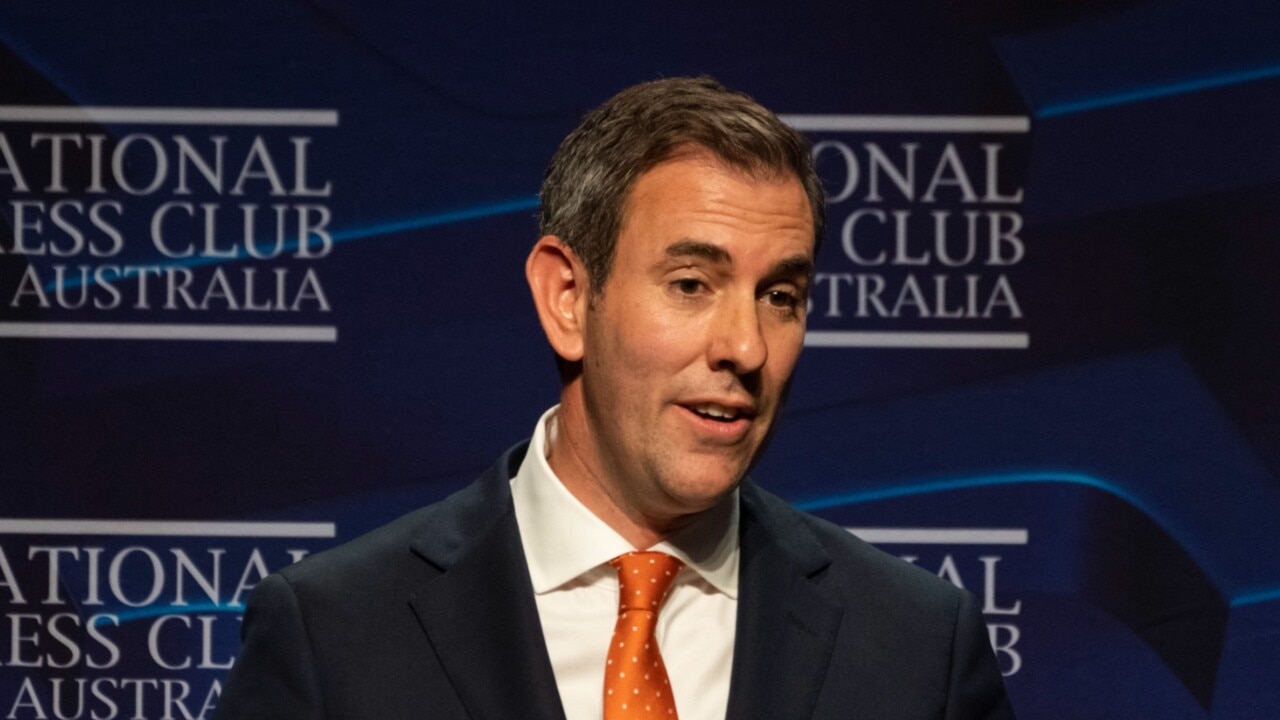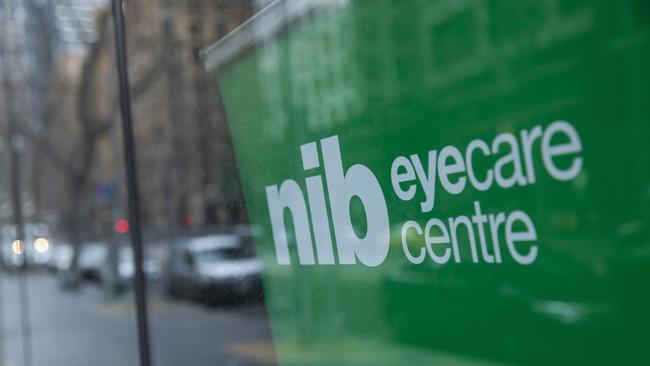Health premiums set to rise 4-5pc, says NIB boss Mark Fitzgibbon as inflation bites healthcare sector
The health insurer’s CEO Mark Fitzgibbon says the days of sub-three per cent premium price hikes are over as hospitals demand more compensation to catch up with inflation.

NIB chief executive Mark Fitzgibbon is forecasting a return of health insurance premium price rises of 4-5 per cent, saying the days of sub-3 per cent increases are over as inflation sweeps through the healthcare sector.
For the past three years health insurance premium increases have been at 20-year lows – or been scrapped altogether after health funds froze increases as part of their commitment not to profit from the pandemic.
But Mr Fitzgibbon – mindful of not pre-empting Health Minister Mark Butler’s decision on premium rises, expected later this year – said “there was no question healthcare spending will return to some new normal”.
“My best guess is that we’ll be somewhere between 4 and 5 per cent,” Mr Fitzgibbon said.
“We know hospitals in particular are under pressure, economic pressure, and will be looking for greater compensation.
“Without wanting to pre-empt any application that we or other operators may be making, we will need to price in that level of inflation.
“The couple of years of sub-3 per cent increases, at least in our case, they’re behind us now and we’ll have to price rationally.”
Mr Fitzgibbon was speaking as NIB’s annual profit soared 45 per cent to $197m as the Newcastle-headquartered health insurer recorded its strongest policyholder growth in eight years.
Revenue rose 14 per cent to $3.12bn as the company reversed a pre-pandemic and industry-wide trend of people, mainly the young and healthy, withdrawing from private health insurance.
NIB recorded net policyholder growth of 4.7 per cent – more than double the anticipated industry rate.
But Mr Fitzgibbon said he did not believe higher premium rises would prompt a return to people ripping up their health insurance policies.
“I’ve been in the company a long time now and I’d say the average premium increases over the years have been somewhere between 5 and 6 per cent,” he said. “The system has grown over that period – it’s had its ups and downs. How price sensitive consumers are remains to be seen.
“But affordability is a relative construct, it’s relative to what value you get. If we included in our policies free air travel around the world, everyone would want to buy it, so our job – while price is important – is as much as providing people value.”

NIB share jumped 4.5 per cent to $8.36 on Monday, valuing the company at $4.04bn. Its overall operating profit of $138m beat consensus analyst estimates by 9 per cent. Its final dividend of 15c a share, to be paid on October 3, was 2 per cent higher than consensus estimates.
“The beat was driven by both stronger revenue and operating margin across all divisions,” Barrenjoey analyst Andrew Adams said.
Mr Fitzgibbon’s overall remuneration, including bonuses, jumped from $3.39m to $4.28m. Total executive jumped from $11.86m to $14.55m.
NIB’s flagship Australian Residents Health Insurance’s underlying operating profit eased 7.3 per cent to $229.9m, which Mr Fitzgibbon said reflected a “deliberate easing towards more sustainable long-term margins”.
Net margin fell to 8.9 per cent, from 10.2 per cent in 2022. But this is still above the company’s target of 6-7 per cent.
Premium revenue rose 6.1 per cent to $2.4bn, slightly ahead of a 6 per cent jump in its claims expense. “Hospital and ancillary claims have largely returned to pre-Covid levels,” Mr Fitzgibbon said.
NIB’s International Inbound Health Insurance business swung from a $1.1m loss to a $23m operating profit. Its travel business also rebounded, from a $7.4m loss to a $14m profit.
Meanwhile, NIB’s New Zealand business’s profit jumped from $22.7m to $34.2m.
The company has advanced its strategy from being solely a funder to manager of health services. Last year, it raised $158.1m to fund an acquisition war chest aimed at securing a slice of the federal government’s $29bn National Disability Insurance Scheme.
NIB acquired NDIS plan management company Maple for an undisclosed sum last October, and the company plans to make another four or five NDIS-related acquisitions. The new division, called NIB Thrive, delivered an underlying profit of $3.1m.
The company also progressed its ‘payer to partner’ model, which involves paying doctors at hospitals for delivering better clinical outcomes rather than solely on volume. It’s a model that’s similar to executive pay, where there is a fixed and variable compensation based on meeting certain performance targets.
NIB has sought to overturn this model via Honeysuckle Health, its joint venture with US health giant Cigna. Honeysuckle Health – which is also a buying group, negotiating hospital contracts on behalf of several smaller insurers – signed its first Australian hospital agreement with Healthscope in April.
“We’re not trying to manufacture every element of healthcare, rather orchestrate people’s ability to meet most of their healthcare needs seamlessly in a single place,” Mr Fitzgibbon said.
The company did not provide detailed earnings guidance. Mr Fitzgibbon said there remains “some ongoing uncertainty about the trajectory of future claims expense”.








To join the conversation, please log in. Don't have an account? Register
Join the conversation, you are commenting as Logout